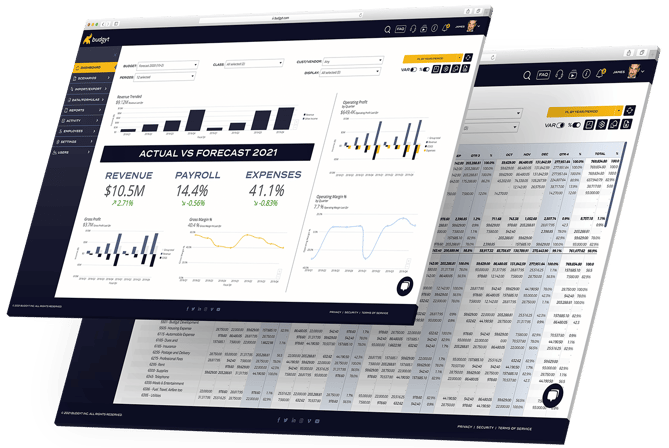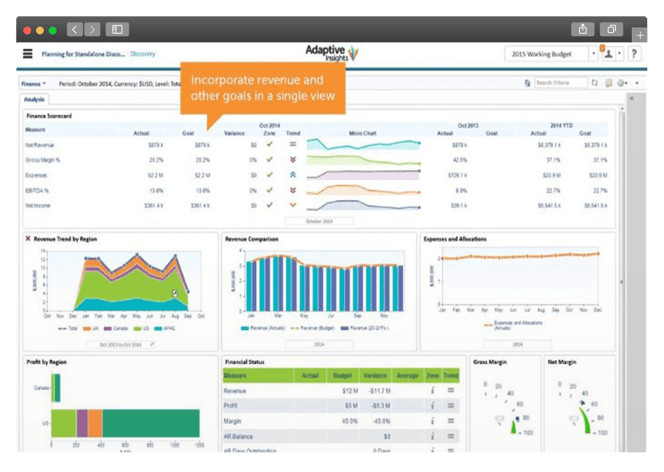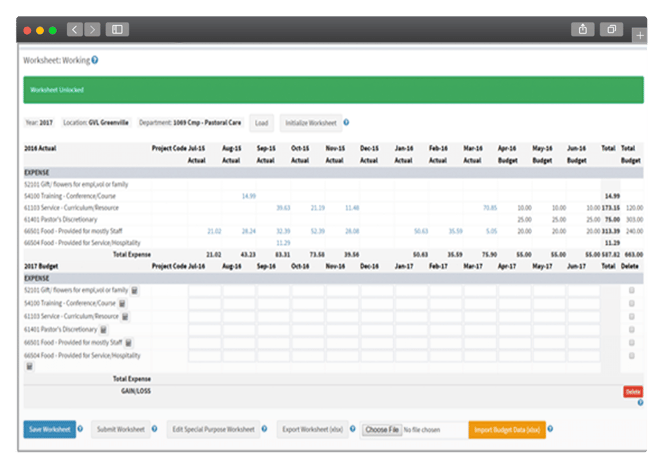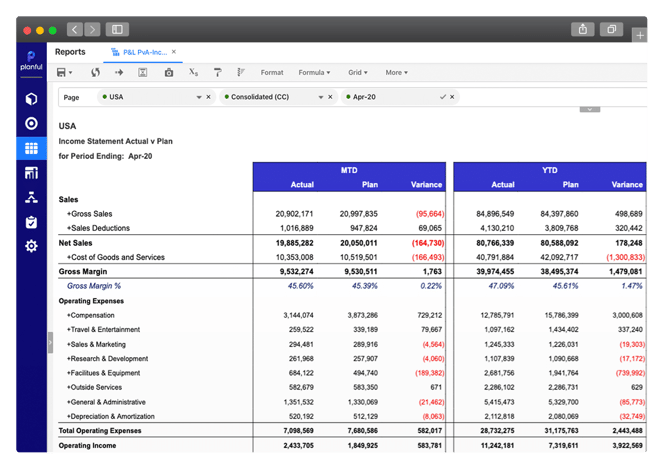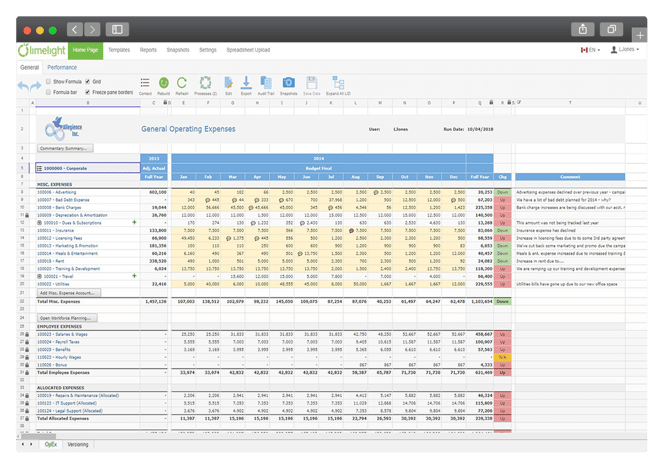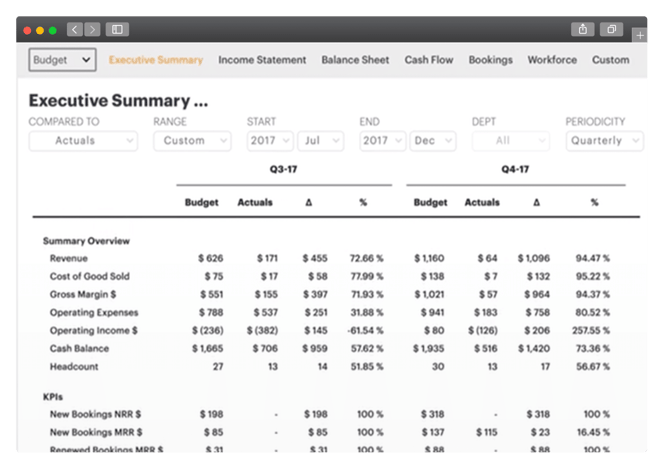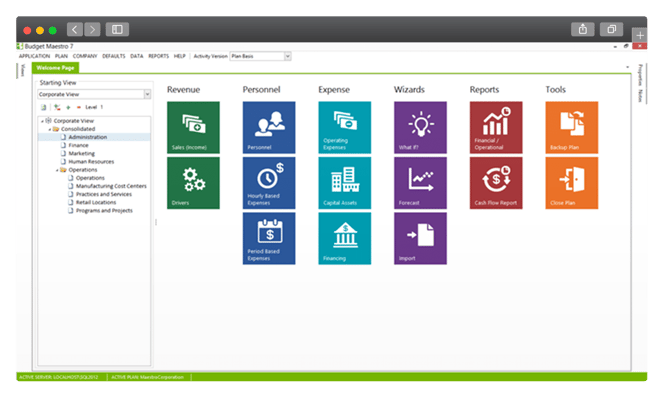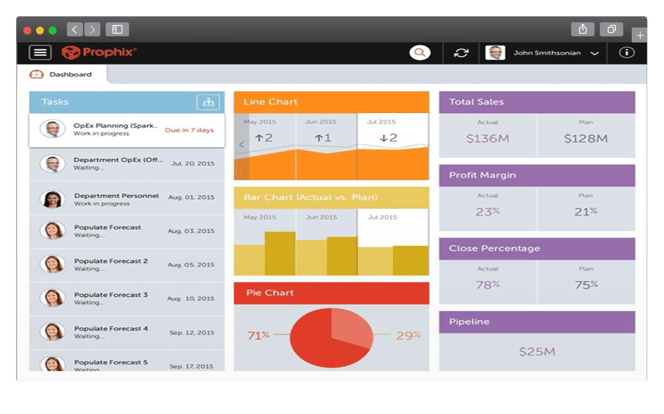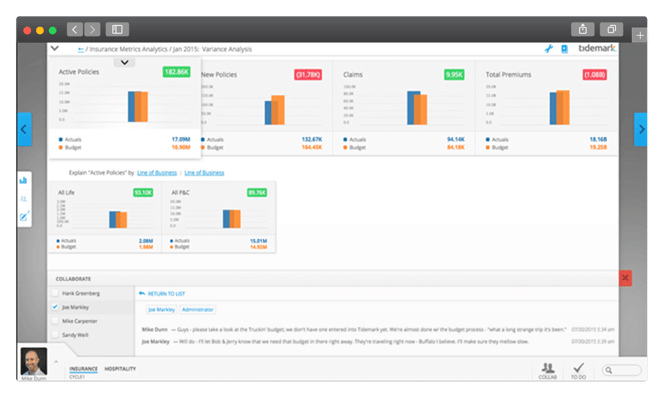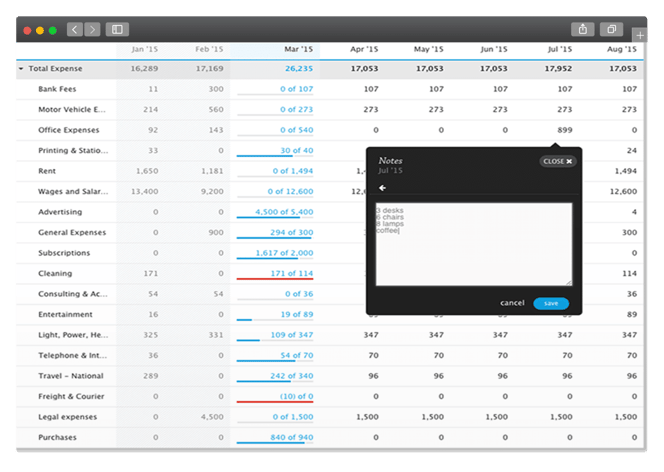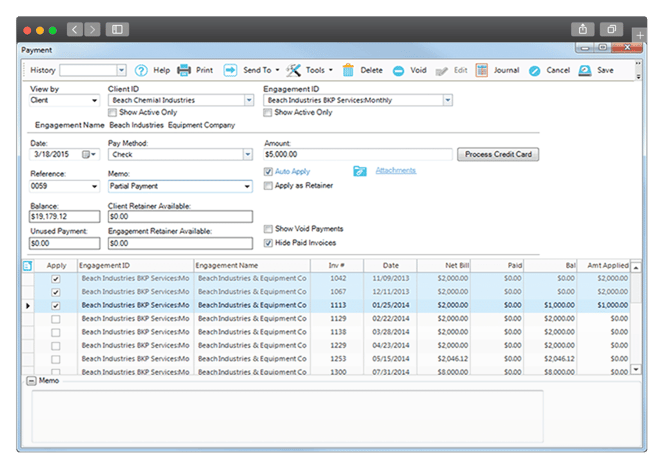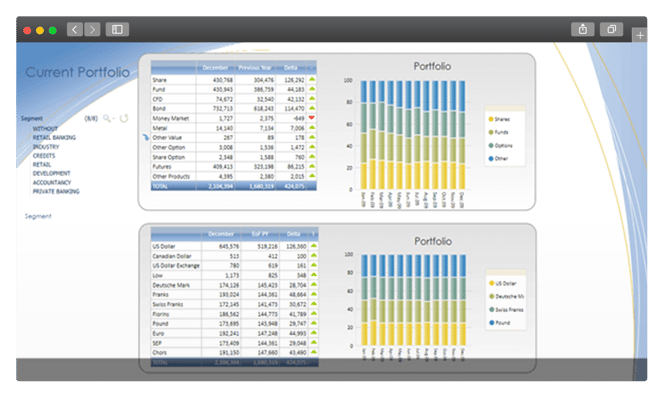2024 rankings & reviews of the
best budgeting
software & tools
We rank the various budgeting platforms that claim easy budgeting capabilities and ranked them based on ease of use, overall value, customer service and user reviews.
We took ratings and user reviews from the following sites: Capterra, G2, GetApp, SourceForge, Software Connect, and Software Advice.
Links to individual platform reviews are provided.
Ready to get started with the best ranked platform?
#1 BUDGYT
Takeaway: Overall, Budgyt is the best-ranked budgeting platform, rating highest in ease of use and overall value. Quick Onboarding makes getting started a breeze. API connectors make the initial set up a breeze for Quickbooks, Xero, and Connectwise users
Pros: Hyperlinking eliminates risk of broken links, Multi-Department, Multi-Entity, Approvals & Permissions, Bottom-Up and Top-Down Reporting, Multi-Currency, Cloud-Based for Remote Collaboration, Price.
Cons: Not suitable for entire Enterprises over $1B
Pricing: Budgyt's pricing is structured around department count and needed features with plans starting at $399. Budgyt believes the best budgets are made collaboratively, so they don't charge per user. Upgraded Plans unlock additional features and larger department counts. Easily 1/5 the cost of traditional larger CPM platforms like Adaptive Insights, Centage, or Prophix.
#2 Adaptive Insights
Takeaway: Adaptive Insights is part of the larger Corporate Performance Management software solution Workday. It specializes in providing insights and collaboration for enterprise level finance or sales teams. If you're looking for an all in one CPM and budgeting software and have a large budget, this may be the platform for you.
Pros: Enterprise Level Reporting, Integrates with Workday, Advanced features available (additional cost.)
Cons: Very expensive, Requires linking to excel sheets, Long and complex onboarding, Low user adoption.
Pricing: not made public
#3 Martus Tools
Takeaway: specializes as a solution for Churches and other Non-Profits whose budgeting is comparable to a Start Up / Small Business.
Pros: Single User Pricing, Multi-Department Capabilities, Customer Service
Cons: Expensive Multi-User Pricing, Lacks Balance Sheet and Asset Planning. Requires you to still use Excel. Charges per User.
#4 Planful
Takeaway: Planful (formerly Host Analytics) is a financial planning and analysis (FP&A) cloud platform that enables customers to achieve the vision of Continuous Planning.
Pros: provides a EPM solution, good tool for planning, mid-range pricing reported.
Cons: Setup can be long and complicated, requires a 3rd party consultant to help onboard and many instances have proven to be too complicated. Slow times have been found for reports to be ran and loaded.
Pricing: not made public
#5 Limelight
Takeaway: Limelight is a modern FP&A platform that extends the functionality of basic spreadsheets, integrating with existing ERP's.
Pros: Forecasting, Multi-Department, Price
Cons: Complex inter-relations in the templates and reports makes editing elements impossible once created.
Pricing: Upon Request
#6 Jirav
Takeaway: Jirav is a modern FP&A platform that extends the functionality of basic spreadsheets, integrating with existing ERP's. While it provides a well rated dashboard, the variety in actual visualizations are limited. If you are a start-up and just beginning with your budgeting, this may be the solution for you. However many of the integrations that it claims to do, seem to fall short upon integrating with clients systems. Pricing can get expensive if you are looking for a collaborative team based solution.
Pros: Balance Sheet, Multi Department, Pricing for single users with no integrations needed
Cons: No Consolidation/Roll Up capabilities, Can't support multiple entities (companies), Long Onboarding Periods, Slow Load Times, Lack of Custom Report Groupings
Pricing: Starts at $100 for the most basic package without any integrations and for single users. Packages increase to $750/month on annual plans that includes limited users and basic support. Premium support, large teams and integrations with QuickBooks, Oracle or Sage require an Enterprise plan with pricing not listed on their site.
#7 Centage
Takeaway: Centage is a comprehensive enterprise management software provider that offers a suite of tools called Maestros for budgeting, forecasting, financial reporting, etc. If you’re looking for a highly comprehensive solution, Centage might be the answer.
Pros: Enterprise Level Reporting, Full Suite of Financial Software Tools
Cons: Expensive, Limited Features for Budgeting. Doesn't support remote collaboration, all access only available on original machine that software was initially installed on.
Pricing: Upon Request
#8 Prophix
Takeaway: Prophix is another Corporate Performance Management software solution that includes smaller tools including budgeting. If you are looking for Financial, Statutory & Management reporting or Cash Flow planning, Prophix may be for you.
Pros: Built for companies hyper-scaling and requiring a wide range of financial tools beyond budgeting.
Cons: Expensive. Lacks Access Controls and Permissions. No Audit Trails. No Data Import/Export.
Pricing: not made public
#9 Tidemark
Takeaway: Tidemark is a single-platform analytics suite that is good for one off projects.
Pros: good platform for single project: management, revenue planning and supply chain management.
Cons: Doesn't provide true budgeting software, lacks ability for multi-department or multi-P&L budgeting, lacks ability to integrate with existing data at the transactional level.
Pricing: not made public
#10 Float
Takeaway: While Float works well for cash flow forecasting, it lacks critical functions paramount to successful budgeting including Multi-Department, Multi Entity, Consolidation/Roll-Up, Version Control, and P&L Statements. If you're only looking for cash flow forecasting, this is an affordable solution.
Pros: Good for cashflow forecasting and basic reporting visuals.
Cons: Doesn't provide true budgeting software, lacks ability for multi-department or multi-P&L budgeting, lacks ability to integrate with existing data at the transactional level.
Pricing: Single User - $35/month | 3 Users - $59/month | 10 Users: $119/month.
#11 Bill Quick
Takeaway: {missing}
Pros: Pricing for single users, budgeting for individual projects, Invoice tracking
Cons: Pricing for large Enterprise Teams, Lacks Multi-Entity & Multi-Department capabilities
Pricing: $19.95 user/month, Enterprise Plan $24.95 user/month
#12 Neubrain
Takeaway: Neubrain differs from the rest of the platforms in that it solely provides analytics and serves as a bridge between various other financial tools. If you find yourself with a wide range of tools requiring a common connector, this may be the tool for you.
Pros: Solid analytical tools with good reporting, salary and benefits forecasting, Allocations and Activity Based Costing (ABC)
Cons: Doesn't provide true budgeting software, lacks ability for multi-department or multi-P&L budgeting, lacks ability to integrate with existing data at the transactional level.
Pricing: not made public
